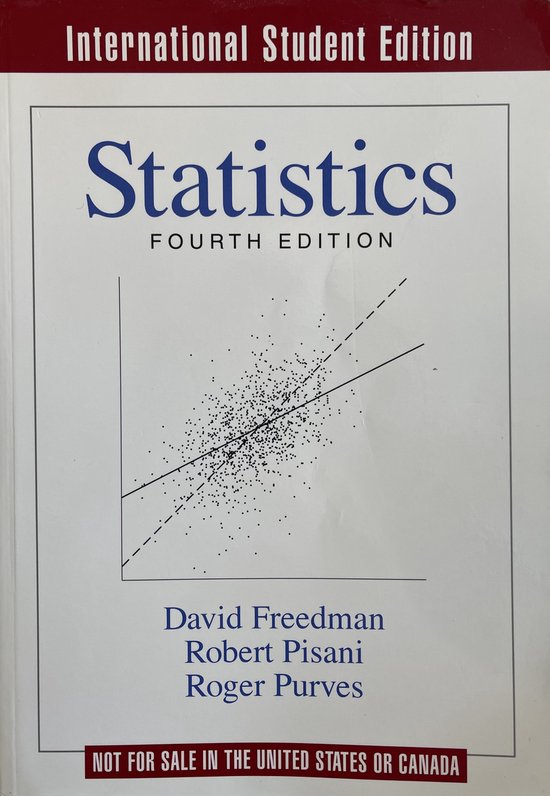
Statistics
Statistics is written in clear, everyday language, without the equations that sometimes baffle non-mathematical readers. The goal is teaching students how to think about statistical issues.
Statistics in unusual in its emphasis on the models that underlie statistical inference. The authors make the models comprehensible and show why choosing the wrong model can lead students astray. Carefully constructed exercises in every chapter offer practice in computational skills. Other call for rough estimates and qualitative judgments, so students are forced to come to grips with the concepts instead of mechanically applied formulas. Most sections close with an exercise set; the answers are in the back of the book, often with complete solutions. Chapters also have review exercises, without answers, for homework and tests. Illustrations are in integral part of the exposition. Beginners learn how to read histograms and scatterplots and how to think about these graphics in the context of real problems.
Statistics in unusual in its emphasis on the models that underlie statistical inference. The authors make the models comprehensible and show why choosing the wrong model can lead students astray. Carefully constructed exercises in every chapter offer practice in computational skills. Other call for rough estimates and qualitative judgments, so students are forced to come to grips with the concepts instead of mechanically applied formulas. Most sections close with an exercise set; the answers are in the back of the book, often with complete solutions. Chapters also have review exercises, without answers, for homework and tests. Illustrations are in integral part of the exposition. Beginners learn how to read histograms and scatterplots and how to think about these graphics in the context of real problems.
| Auteur | | David Freedman |
| Taal | | Engels |
| Type | | Paperback |
| Categorie | | Wetenschap & Natuur |




